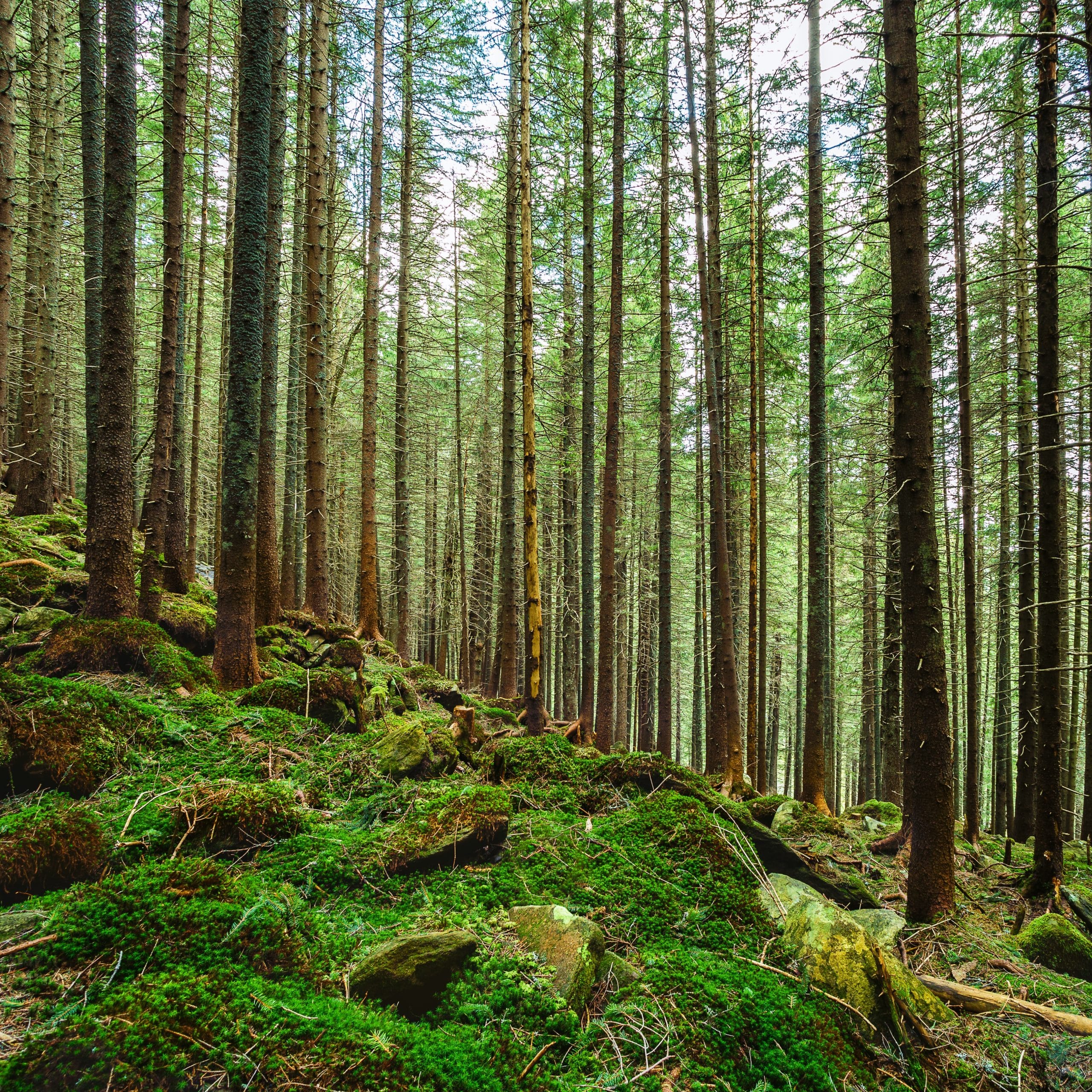What are the rules for foraging in the UK's forests?

The practice of foraging, or seeking out wild food sources, has seen a resurgence in recent years. As many of you turn to nature for recreation, sustenance or simply to reconnect with the land, understanding the law and best practices for foraging is essential. In this article, we will delve into the specifics of foraging in the UK, with a focus on the luscious forests of Scotland.
The Law on Foraging
Foraging may seem like a free-for-all activity, but in reality, it is regulated under UK law. You are allowed to forage for personal consumption, i.e., pick wild plants, mushrooms, and fungi. However, the law stipulates that you may not uproot any plant without the landowner's permission.
Dans le meme genre : How to plan a guided historical tour of Belfast's maritime legacy?
The Wildlife and Countryside Act of 1981 provides the legal framework for foraging in the UK. Under this law, it is illegal to uproot any wild plant without permission from the landowner or occupier. This law is primarily aimed at protecting endangered and rare species, but it applies to all wild plants. So, while you are free to forage, make sure you only pick what you will use and never uproot a plant.
In Scotland, the law is slightly different. The Scottish Outdoor Access Code allows foraging, but again, you should not uproot any plants. The code encourages responsible behaviour when outdoors, including respecting the interests of other people, caring for the environment, and taking responsibility for your actions.
A lire aussi : Can you suggest eco-friendly travel tips for visiting the Scottish Highlands?
Knowing What to Forage
When you step into the wild, it's not only about knowing what you can legally forage but also understanding what plants and mushrooms are safe to eat. Scotland is home to a variety of edible plants and mushrooms, but it also has its share of poisonous species. Therefore, identifying what you are picking is crucial to ensure your foraging experience is safe and enjoyable.
British forests are a forager's paradise, particularly in the autumn when mushrooms, nuts, and berries are abundant. Some common species you might find include elderberries, blackberries, hawthorn berries, and rose hips. When it comes to mushrooms, the UK boasts over 15,000 species, but only a fraction of these are safe to eat. Some of the most sought-after edible mushrooms include the chanterelle, morel, porcini, and the common field mushroom.
However, caution is essential. Several species of wild plants and mushrooms are poisonous or can cause severe allergic reactions. Some harmful plants to watch out for include hemlock, foxglove, and deadly nightshade. Dangerous mushrooms can include the death cap, destroying angel, and the fly agaric.
How to Forage Responsibly
Foraging responsibly is not just about following the law; it's also about respecting the land and the species that inhabit it. Over-foraging can deplete natural resources and disrupt the ecosystem, leading to a decrease in biodiversity and potentially causing harm to local wildlife.
When foraging, only pick what you need and leave plenty for wildlife and other foragers. It's good practice to take no more than 10-20% of what's available in any one area. If you find a particularly abundant patch, taking less can help to ensure the species continues to thrive in that location.
Always forage in a way that does not damage the plant. For example, when picking berries, leave the plant intact and take only the ripe fruit. When foraging for mushrooms, cut them at the base rather than pulling them out by the roots.
Foraging should also be done at the appropriate time of year to ensure the plants have had a chance to reproduce. For example, spring is the best time to forage for young leaves and shoots, while autumn is ideal for nuts and mushrooms.
Foraging Courses and Guides
If you're new to foraging or want to deepen your knowledge, consider attending a foraging course or investing in a good guidebook. Courses are typically led by experienced foragers who can teach you about plant identification, safe handling, and preparation techniques.
In Scotland, there are several organizations offering foraging courses that cover a variety of habitats, from coastal areas to forests. These courses are a great way to learn about Scotland's rich biodiversity and the wealth of food that its wild landscapes can provide.
For those who prefer self-study, a quality foraging guidebook is invaluable. Look for a guide that includes clear photographs, descriptions, and information on when and where to find each species. Some guides also include recipes and preparation tips, which can be fun to experiment with.
Remember, foraging is not just about finding free food; it's about connecting with nature, learning about the land and its species, and fostering a deeper appreciation for the wild. As you venture into the forests of the UK in search of wild foods, keep these laws and guidelines in mind to ensure that you forage responsibly and sustainably.
Getting Started with Foraging: Wild Garlic and More
Diving into the world of foraging can initially seem daunting, especially with the variety of wild plants and fungi that grow in the UK's forests. However, starting with a few basic plants can make the learning process more manageable. Wild garlic, for instance, is not only easy to identify but also a delightfully tasty addition to your kitchen.
Wild garlic, also known as ramsons, is a common sight in British woodlands, particularly in the spring months. Identified by its starry white flowers and distinct garlic scent, wild garlic leaves are perfect for pesto, stir-fry, or simply in a fresh salad. However, it is important to remember the laws that prohibit uprooting any wild plant. Instead, gently pick a few leaves from each plant to ensure its continued growth. Be warned though, taking any part of wild garlic from protected sites like an Epping Forest or a Site of Special Scientific Interest (SSSI) is a guilty offence in the UK.
Other easy-to-forage plants include nettles and dandelions. Despite their reputation as garden nuisances, both of these wild plants are nutritious and versatile. Nettle soup is a classic foragers' dish, while Dandelion leaves can add a bitter twist to salads. Again, remember to follow the foraging guide and only pick what you need without causing damage to the plants or their habitats.
As your confidence and knowledge grow, you can begin to explore the vast array of other edible plants, mushrooms, and berries that the UK's forests offer. Foraging can become a lifelong hobby that not only enriches your diet with wild foods but also deepens your connection to the wild land.
Conclusion: Foraging Practice on Private and Common Land
Understanding the rules for foraging is crucial for anyone venturing into the UK's forests in search of wild foods. It is not just about the legality of picking wild plants and fungi, but also about respecting the environment and ensuring sustainable practices. Whether you forage on private land with the landowner's permission, or on common land open to all, it is essential to take only what you need and avoid any actions that might harm the flora and fauna.
Foraging can be a rewarding way to reconnect with nature, explore the country's rich biodiversity, and discover the abundance of food growing wild in our forests. However, it's essential to remember that foraging is not a free-for-all. The Wildlife and Countryside Act of 1981 and the Scottish Outdoor Access Code provide clear guidelines on what is permissible and what is not. Any plant included in the schedule of the act is strictly protected, and removing it without permission from the landowner is a subject to provisions for prosecution.
Whether you're a novice just starting out with simple plants like wild garlic, or an experienced forager in search of more elusive species, respecting the foraging guide and laws is crucial. Foraging responsibly ensures that future generations can also enjoy the thrill of discovering wild food in the UK's forests. Remember, the joy of foraging comes not just from the food you gather but also from the knowledge you gain and the respect you show for our wonderful natural world. Enjoy your foraging journey, and may your basket always be full of the UK's delicious and diverse wild produce.
